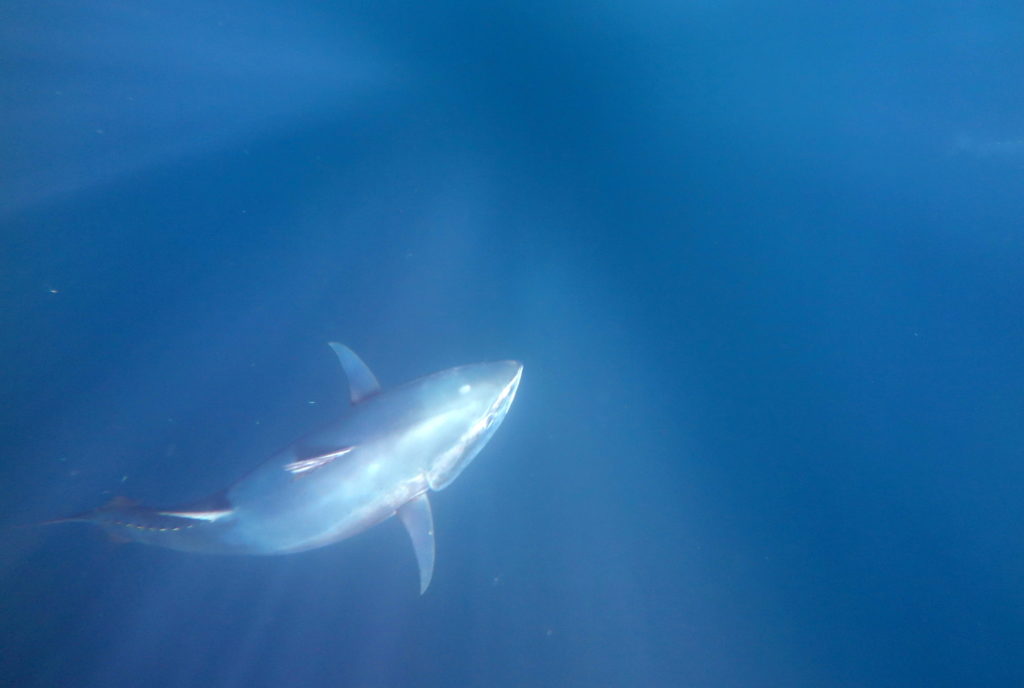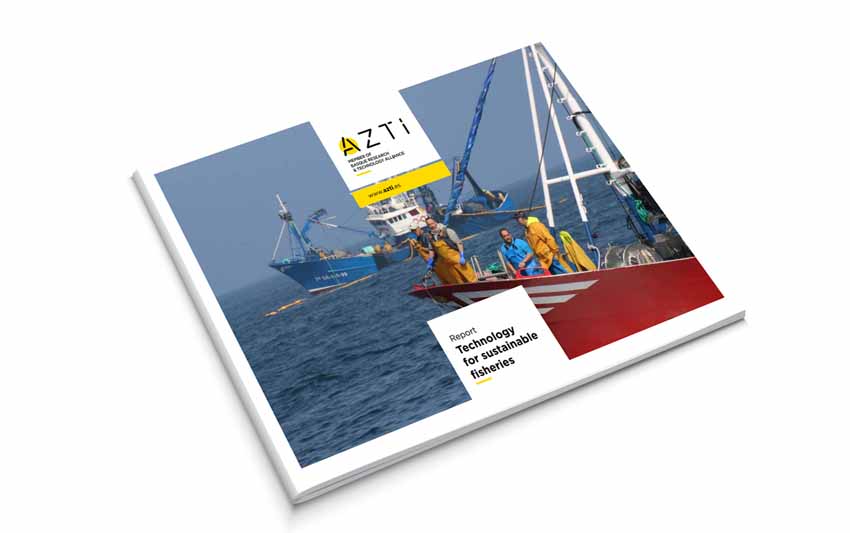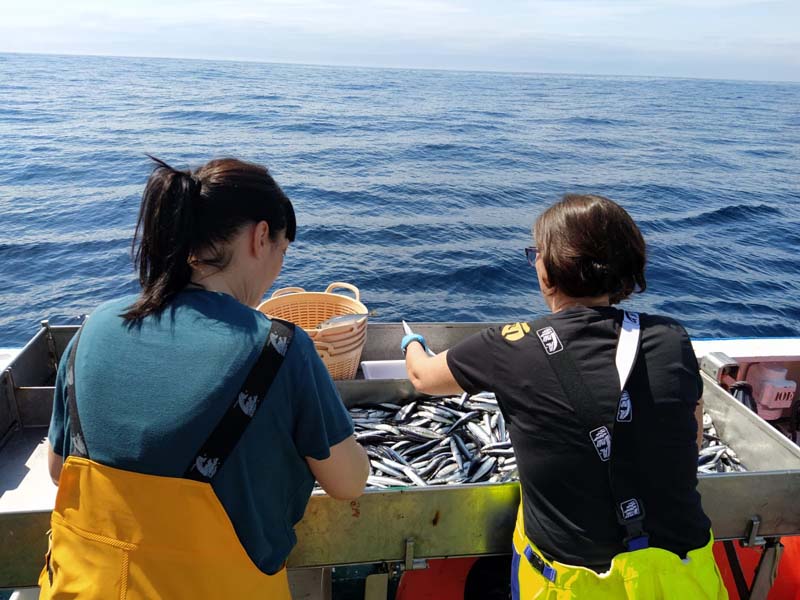AZTI seeks to provide abundance index of bluefin tuna
Últimas noticias
Una mirada LGTBIQ+ al reino animal
Circular Economy in Action: Valorisation of By-products through Projects like PRIMA NEWFEED
Strategic Perspectives: Highlights from the Food4Future World Summit for Business Leaders
- AZTI research center carried out the BFT Index research survey, in order to provide an indicator of the abundance of bluefin tuna in the Bay of Biscay
Pasaia, 16th June 2020. – During the month of June, the AZTI research center carried out the BFT Index research survey, in order to provide an indicator of the abundance of bluefin tuna in the Bay of Biscay. The bluefin tuna suffered overexploitation between 1990 and 2008, which caused the institutions to react to a scenario that threatened the future of the species. Thus, the International Commission for the Conservation of Atlantic Tunas (ICCAT) implemented a recovery plan in 2008 that reaped and continues to reap very favorable results.

Efforts to sustainably manage bluefin tuna, however, have not stopped and the AZTI research center has just started the sixth edition of the BFT Index survey, an initiative promoted by the Basque Government’s Vice-Ministry of Agriculture, Fisheries and Food Policy, which this year will be held in the Bay of Biscay aboard the ship Tuku Tuku (Hondarribia). This study seeks to provide an abundance index of bluefin tuna through techniques based on acoustic tools.
The evaluation of the bluefin tuna stock has relied until now on catch data per unit of effort of the fisheries, which provided data biased by the feeding activity of tuna, on which depends the possibility of catching it by fishing gear using bait. The evaluation of the stock requires indicators that reflect in an unbiased way the abundance of bluefin tuna in their feeding areas.
In this sense, the method used by the researchers of the BFT Index survey to obtain an indicator of the biomass of bluefin tuna (mainly juvenile) has been based on the use of acoustic tools that perform an active prospecting, as well as a size sampling. In this way, the indicator obtained in this study can be used for stock assessment, completing and progressively replacing the current juvenile abundance index based on catch data per unit of effort in the Bay of Biscay.
The techniques used in the study are being used successfully since 2003 for the evaluation of juvenile anchovy biomass and they have been used since 2015 for bluefin tuna. Thus, through the BFT Index surveys, which began in 2015, an unbiased indicator will be available for the evaluation of the stock of bluefin tuna in the Eastern Atlantic and Mediterranean.
With this project we intend to take a step forward in the assessment of bluefin tuna stocks by incorporating a new tool and information independent of the fishery, which can help managers to make decisions.
In search of better fisheries management
The analysis of the data recorded will give a first index of the abundance and distribution of juvenile red tuna in the area. This indicator will allow AZTI’s researchers to have, in the medium term, an independent tool of the fishery to estimate the variations in the abundance of bluefin tuna in the Bay of Biscay and will be able to use it for the evaluation of the resource that is carried out in ICCAT.
Beyond the progressive recovery of the species, better management of the fisheries is necessary, and this is way the ICCAT, an intergovernmental fisheries organization responsible for the conservation of tuna and tuna-like species in the Atlantic Ocean and adjacent seas, approved in 2018 a multi-year management plan.
Among the improvements to this plan are the flexibilization of fishing seasons and the elimination of restrictions on the inclusion of artisanal vessels in the annual fishing plans.







